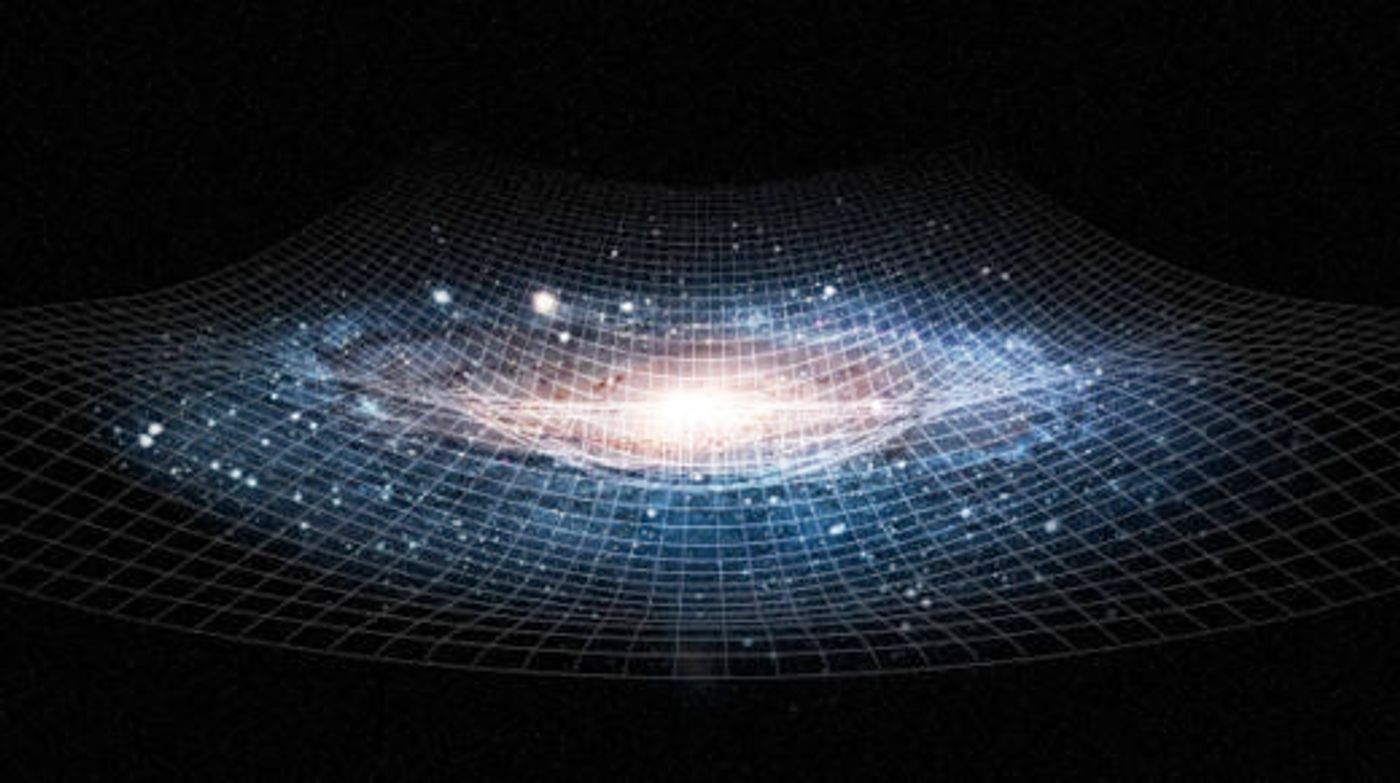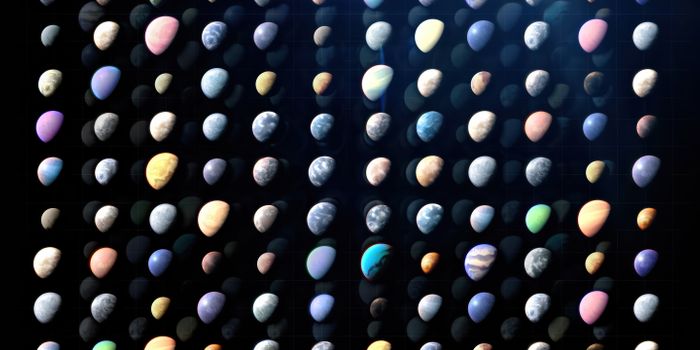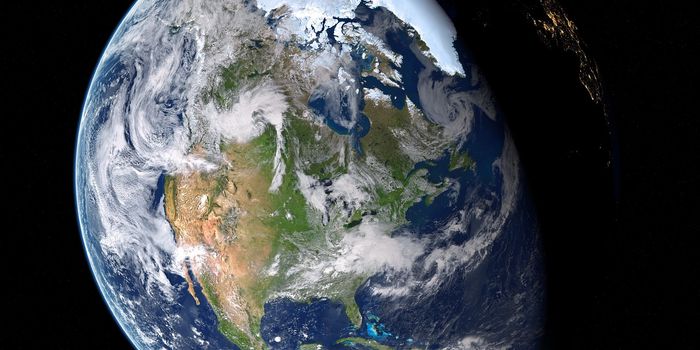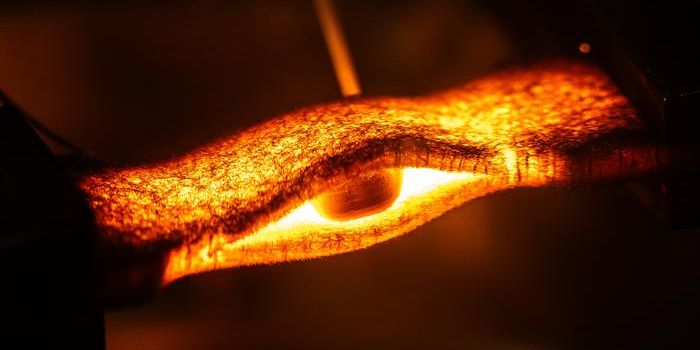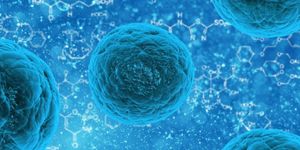Dual Studies Failed to Identify Violation of Lorentz Invariance the Foundation of Relativity Theory
Good things come in pairs, even in relativistic physics. Recently two independent studies have shown that different methods of the investigation did not lead to any violation of a fundamental symmetry in relativity, known as Lorentz invariance.
The fabric of spacetime. Credit: quanta magazine
In relativistic physics, Lorentz invariance or Lorentz symmetry (named after the famous physicist Hendrik Lorentz), is an equivalence of observation or observational symmetry due to special relativity implying that the laws of physics stay the same for all observers that are moving concerning one another within an inertial frame. In laymen’s terms, it means that in the fabric of spacetime, a physical measurement should not depend on the speed or orientation of the observer’s reference frame.
Lorentz invariance represents a crucial fundamental framework that underpins modern physics. There have been relentless efforts in search of Lorentz violations, which are possibilities of deviations from the known symmetry in relativity. Previous studies tried to determine whether violations or exceptions might exist for well-known physical laws such as special relativity, as predicted by other physics frameworks such as quantum gravity and string theory, as well as alternatives to general relativity.
To look for signs of violations of Lorentz invariance, one team combed through decades of measurement from lunar laser experiments. The other team analyzed data from tests for gravitational field over several years. Recently both groups have published their finding in the journal Physical Review Letters.
Researchers from the University of Bologna in Bologna, Italy, SYRTE Paris Observatory and the University of California, Los Angeles, have studied 48 years’ worth of data from lunar laser-ranging experiments and looked for signs of Lorentz violation.
The lunar laser ranging experiment is an ongoing project that measures the distance between Earth and the Moon using laser ranging, to study the satellite’s orbital and rotational motion. Lasers on Earth aim for retro-reflectors planted on the Moon during the Apollo program (11, 14, and 15) and the two Lunokhod missions. The time for the reflected light to return is measured to determine the distance, given the speed of light is a constant.
According to the null hypothesis (that Lorentz invariance is not violated), the speed or orientation where the laser emittor and reflector during the measurement were should not impact the measurement results. Researchers found that their data are consistent with null coefficients. However, for some of the coefficients, the accuracy is 100 to 1000 times better than that of the current best estimates.
Jay Tasson from Carleton College, Minnesota, and colleagues analyzed measurements taken over the course of a few years with superconducting gravimeters.
A gravimeter is an instrument used in gravimetry for measuring the local gravitational field of the Earth. It is a type of accelerometer, specialized for measuring the constant downward acceleration of gravity, which varies by about 0.5% over the surface of the Earth. Superconducting gravimeters take a step further: it can determine the local gravitational acceleration by measuring the position of a superconducting sphere levitated in a magnetic field.
The values of the coefficients that the team derived are all consistent with zero, but compared to previous gravimeter studies, some of the values are over ten times more accurate, while others are obtained for the first time.
Results presented by both studies have placed tighter constraints and provided stronger proof to the principles that underpin the theory of relativity.
Can You Trust Your Eyes in Spacetime? Credit: PBS
Source: phys.org
